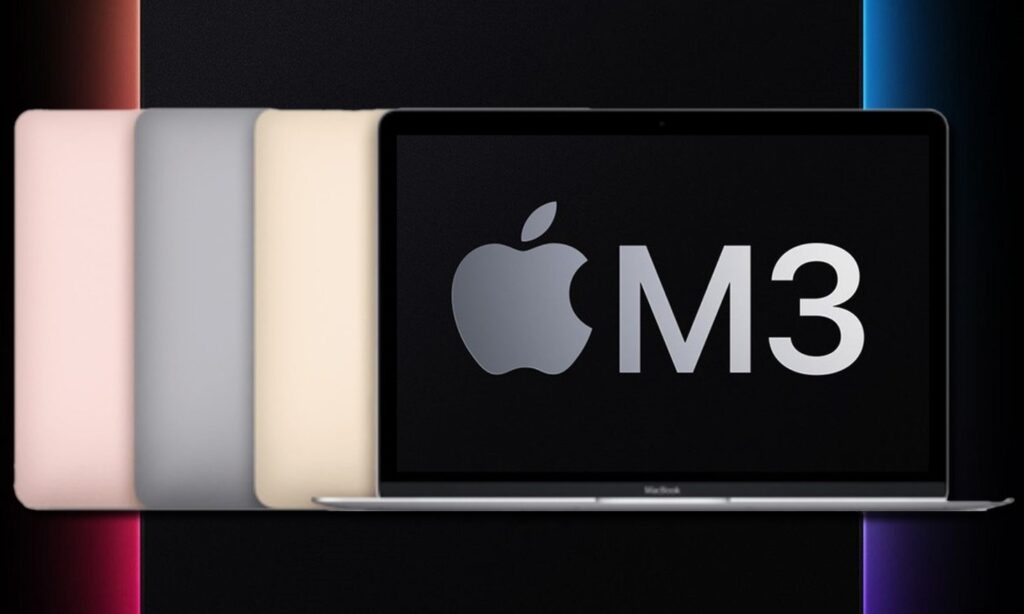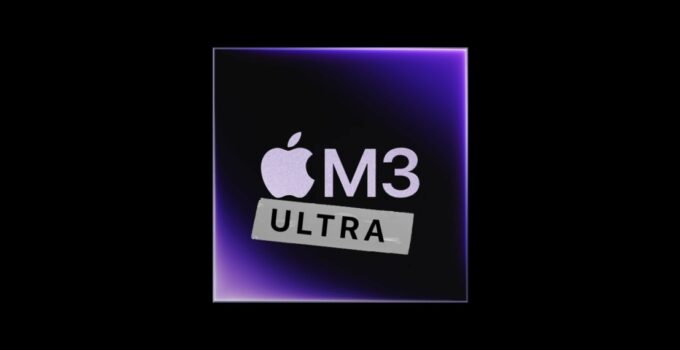M3 Ultra: Apple’s Power Leap. Apple’s innovative approach to chip design, marked by the UltraFusion architecture, has been a defining feature of its M1 Ultra and M2 Ultra chips. This groundbreaking technology facilitated the coupling of two M1 Max or M2 Max chips, effectively doubling their performance and presenting them as a unified powerhouse to applications and developers. UltraFusion’s ability to seamlessly merge the semiconductor dies of these chips underscored Apple’s commitment to pushing the boundaries of computing power without complicating the developers’ workload.
iPhone 16 Pro: Shiny Titanium Finish Redefines Elegance
Yet, in a surprising pivot, rumors suggest that Apple might be setting its sights beyond the realms of UltraFusion for its next-gen M3 Ultra chip. Speculation, fueled by insights from Vadim Yuryev of the Max Tech YouTube channel, indicates that Apple may opt for a single-chip solution, abandoning the dual-chip architecture that defined its predecessors. This shift toward a single chip, devoid of interconnections, hints at a future where the M3 Ultra could emerge as an independent, monolithic entity.
The potential move away from UltraFusion opens up a plethora of possibilities for Apple’s chip design philosophy. By integrating what was previously achieved with two chips into a single package, Apple not only simplifies its architecture but also lays the groundwork for a chip that could surpass the capabilities of its predecessors. This transition signifies Apple’s ongoing pursuit of efficiency and power, targeting even more demanding workflows.
The UltraFusion architecture, while innovative, was not without its drawbacks. The inclusion of low-power cores in the M1 and M2 Ultra chips, designed with efficiency in mind, often became a bottleneck for more intensive tasks, particularly in high-end machines like the Mac Studio or Mac Pro. Furthermore, despite the impressive speed of the UltraFusion interconnect, it introduced latency in certain scenarios, an issue that a single-package design could potentially resolve.

Embracing a monolithic design for the M3 Ultra chip would not only address these challenges but also allow for greater customization and scalability. Apple could significantly increase the number of high-performance and high-efficiency cores, moving beyond the constraints of the M2 Ultra’s architecture, which features a 24-core CPU and a GPU configurable up to 76 cores.
The rumored specifications for the M3 Ultra chip paint a picture of a formidable processor. With the possibility of housing 32 high-performance CPU cores and up to 100 GPU cores, the M3 Ultra stands to redefine the landscape of computing power available to Apple’s future devices.
This evolution from UltraFusion to a singular, more potent chip encapsulates Apple’s relentless drive for innovation. As the tech community eagerly anticipates official announcements, the implications of such a transition are vast. Not only could this signal a new era of performance for Apple’s lineup, but it also highlights the company’s dedication to refining and enhancing its technology to meet the demands of increasingly complex and power-intensive applications.
In essence, the potential shift to a single-package design for the M3 Ultra chip reflects Apple’s strategic foresight and its commitment to excellence. By reimagining its approach to chip architecture, Apple is poised to unlock new levels of performance and efficiency, setting a new benchmark for what is possible in the realm of personal computing.
As speculation about the M3 Ultra continues to swirl, the tech world remains on the edge of its seat, awaiting confirmation and further details from Apple. This rumored departure from UltraFusion to a more streamlined, powerful chip design signifies not just a technical evolution but a bold step forward in Apple’s quest to redefine the capabilities of its devices.
